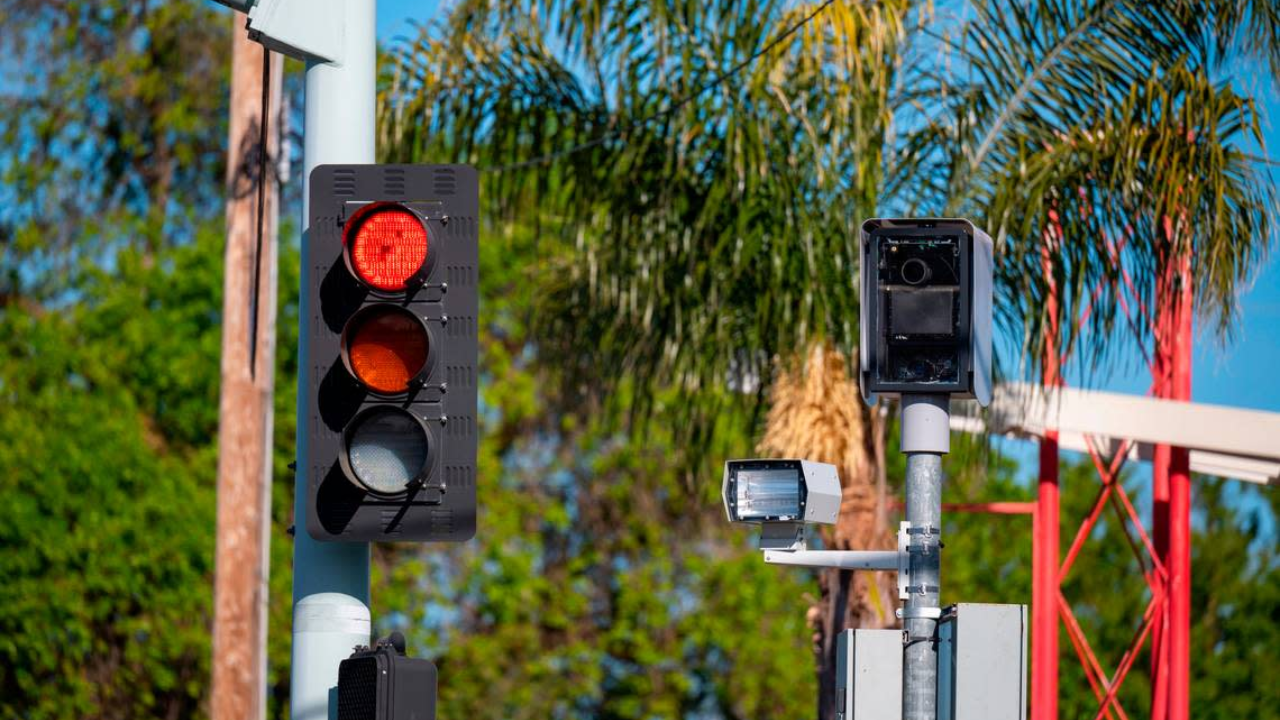In a major shift aimed at improving road safety, several California cities are tightening rules around making right turns at red lights. This move comes as pedestrian and cyclist safety has become a growing concern, with fatality rates rising in recent years. Drivers across the state need to understand these changes to avoid fines and, more importantly, keep themselves and others safe.
Why Are California Cities Changing Right Turn on Red Rules?
California law has long allowed drivers to make a right turn at a red light after coming to a complete stop—unless there’s a posted “No Turn on Red” sign. However, increasing accidents involving pedestrians and cyclists have prompted cities like San Francisco, Berkeley, and San Jose to reconsider this rule. These local governments are implementing or expanding restrictions on right turns during red lights, aiming to reduce collisions and improve pedestrian safety.
According to the California Office of Traffic Safety (OTS), pedestrian fatalities in the state rose steadily over the last decade. Right turns on red are often a factor in crashes because turning drivers sometimes fail to notice pedestrians crossing or cyclists riding alongside.
San Francisco Leads the Charge with Expanding Right Turn Bans
San Francisco has become a pioneer in restricting right turns on red to protect its most vulnerable road users. The San Francisco Municipal Transportation Agency (SFMTA) initially banned right turns on red at 50 intersections in the busy Tenderloin neighborhood. The results were significant a 70% drop in vehicles blocking crosswalks and an 80% decrease in near-miss incidents involving pedestrians and cars.
Building on this success, the city recently announced plans to extend the ban to about 200 more intersections across key neighborhoods including Union Square, Chinatown, North Beach, South of Market (SoMa), and the Financial District. This expansion supports the city’s Vision Zero initiative, which aims to eliminate all traffic deaths by 2030.
While some city officials initially worried that a full citywide ban could disrupt traffic flow, advocates argue that a comprehensive prohibition simplifies rules for drivers and greatly improves safety for pedestrians and cyclists alike.
Other California Cities Follow Suit
Following San Francisco’s lead, other cities in California are adopting similar measures:
- Berkeley: In 2022, Berkeley passed an ordinance to ban right turns on red at all of its 135 signalized intersections. The city has been installing “No Turn on Red” signage to enforce the new rule and prioritize pedestrian safety.
- San Jose: The city tested banning right turns on red at two high-traffic intersections in 2020 as part of its Vision Zero Quick Build program. The pilot aimed to analyze safety benefits before considering wider application.
- Sacramento: Discussions continue on implementing targeted “No Turn on Red” zones at intersections with a history of crashes or heavy pedestrian use.
What Does This Mean for Drivers?
Drivers in California need to be extra vigilant about changing traffic rules:
- Look for “No Turn on Red” Signs: These signs are increasingly common at intersections where right turns on red are banned. Ignoring them can result in fines.
- Exercise Caution: Even where right turns on red remain legal, always check carefully for pedestrians and cyclists before turning.
- Understand Local Variations: Traffic laws can vary from city to city. Keep updated with local transportation department websites or news.
- Stay Informed: The California Department of Motor Vehicles regularly updates drivers on traffic law changes.
Statewide Safety Laws Complement These Changes
Starting January 2025, California will enforce a “Daylighting Law” (Assembly Bill 413) requiring vehicles to park at least 20 feet away from crosswalks. This law improves visibility for pedestrians and drivers alike, making it easier to spot people crossing streets safely.
This new parking rule supports the goals behind the right turn on red restrictions by further reducing accidents caused by limited sightlines at intersections.
Why Are These Changes Important?
Right turns on red have long been convenient for drivers, saving time and easing traffic congestion. But as cities grow denser and more people walk or bike, these maneuvers pose a greater risk to vulnerable road users.
Restricting right turns on red is a proactive step to reduce pedestrian injuries and deaths. Early data from San Francisco shows that these measures can dramatically improve safety without significantly harming traffic flow.
How Can You Stay Safe and Compliant?
- Always obey posted traffic signs and signals.
- Stop fully before turning right on red, and only proceed if the way is clear.
- Watch for pedestrians at crosswalks and cyclists on the road.
- Stay updated on your city’s traffic laws through official sources.
California’s move to tighten right turn on red rules reflects a growing commitment to road safety for all users. With more cities following suit, drivers should prepare for more “No Turn on Red” zones in the near future. Staying informed and cautious is key to avoiding fines and, most importantly, preventing accidents.


